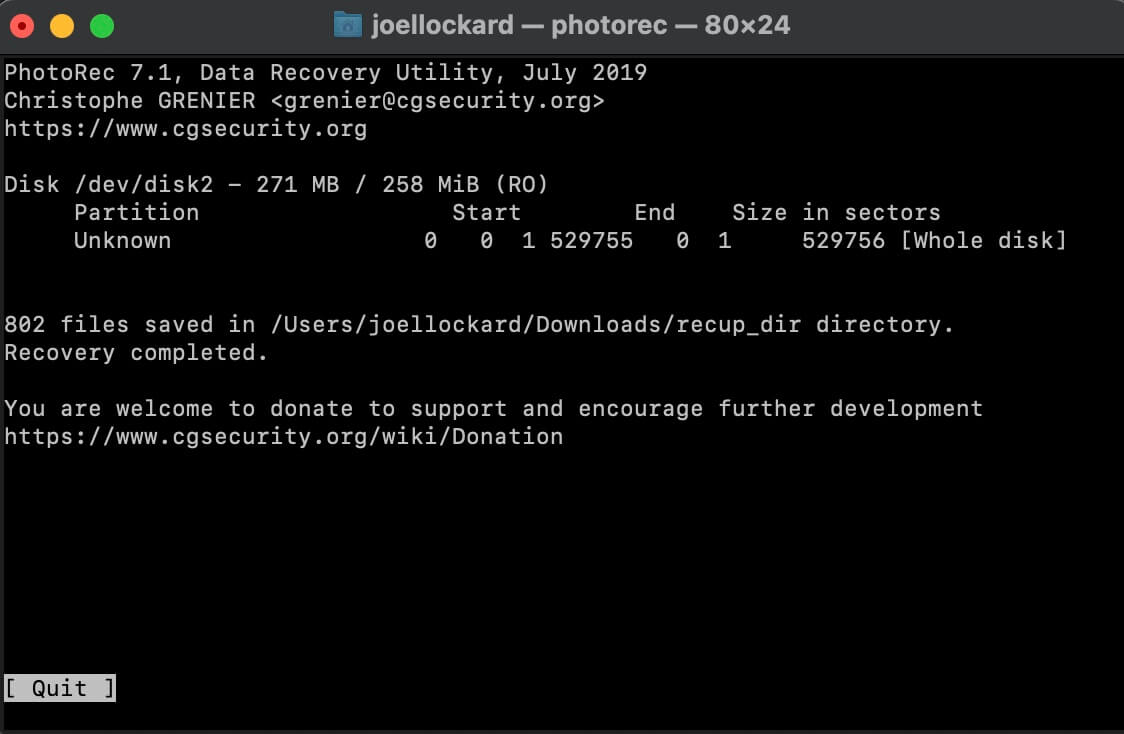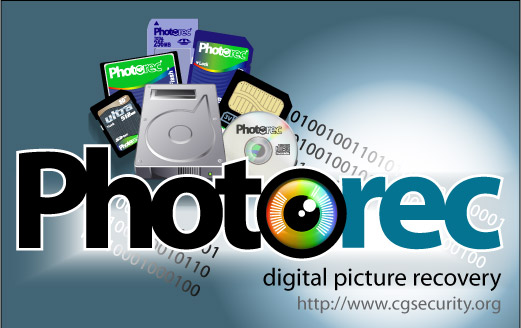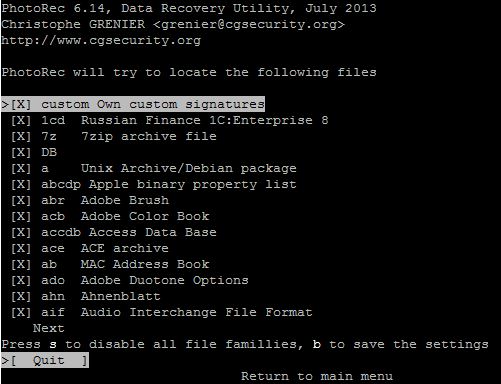
If it did found it, Press Write this will write what partitions it found on the partition table. When the scan is done, you see if there are any partitions it may have found here.

Keys A: add partition, L: load backup, T: change type, P: list files, Use Left/Right Arrow keys to CHANGE partition characteristics: Use Up/Down Arrow keys to select partition. Press Enter to continue to the next screen. We can try to attempt to recover the lost partition by pressing >. If there’s nothing here it means neither it got delete or damage.

Here it shows the current partitions available on the drive. > Analyse current partition structure and search for lost partitions > EFI GPT partition map (Mac i386, some x86_64.) Please select the partition table type, press Enter when done. TestDisk might also pre-selected with Auto detect. But if your computer is newer or has a very big drive(more then 2TB) it will most likely be EFI GPT. If you don’t know theres a good chance its Intel type if its like a usb stick. Once you pick your device, in the next menu choose the partition table type. Select a media (use Arrow keys, then press Enter): Then pick your disk device then press proceed to continue. Use arrow keys to select, then press Enter key:

Just run “ sudo testdisk” in the terminal. To install both Testdisk and Photorec on Debian or Ubuntu, open the terminal and use this command. But these’s tools are available on are on other platforms too, even windows too! With This tutorial, you learn about using these tools on Debian-based Linux. The Other PhotoRec, is a great file recovery tool to help find deleted files. First I’ll talk about Testdisk, this tool can help find lost partitions that may have been damaged or deleted. These’s two tools are great for basic file recovery and easy to use.


 0 kommentar(er)
0 kommentar(er)
